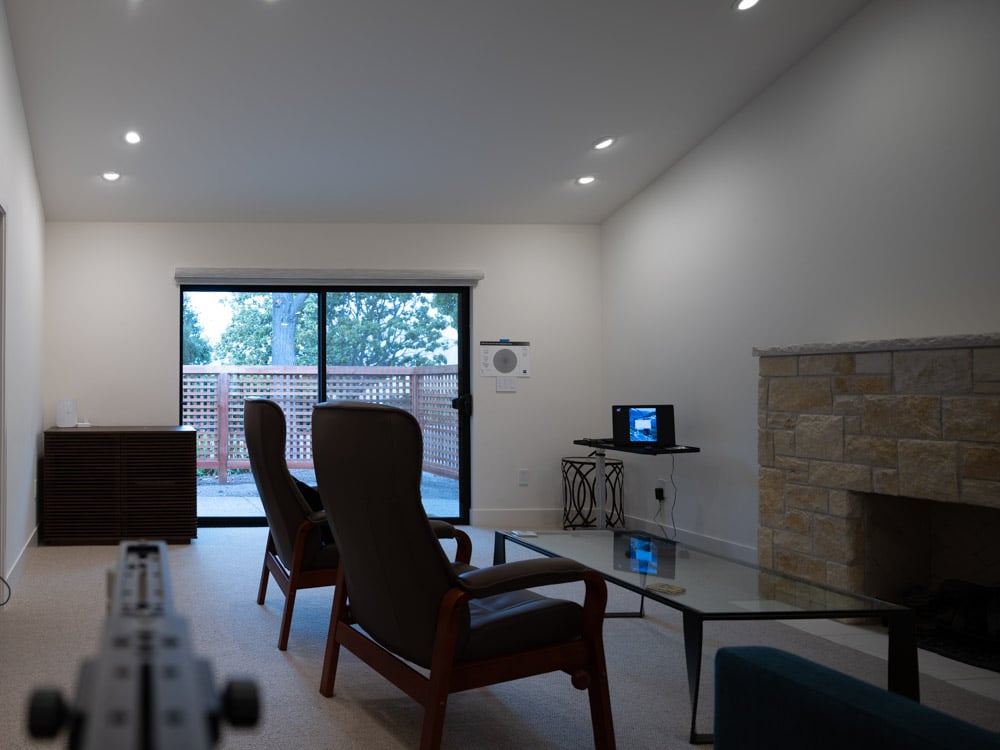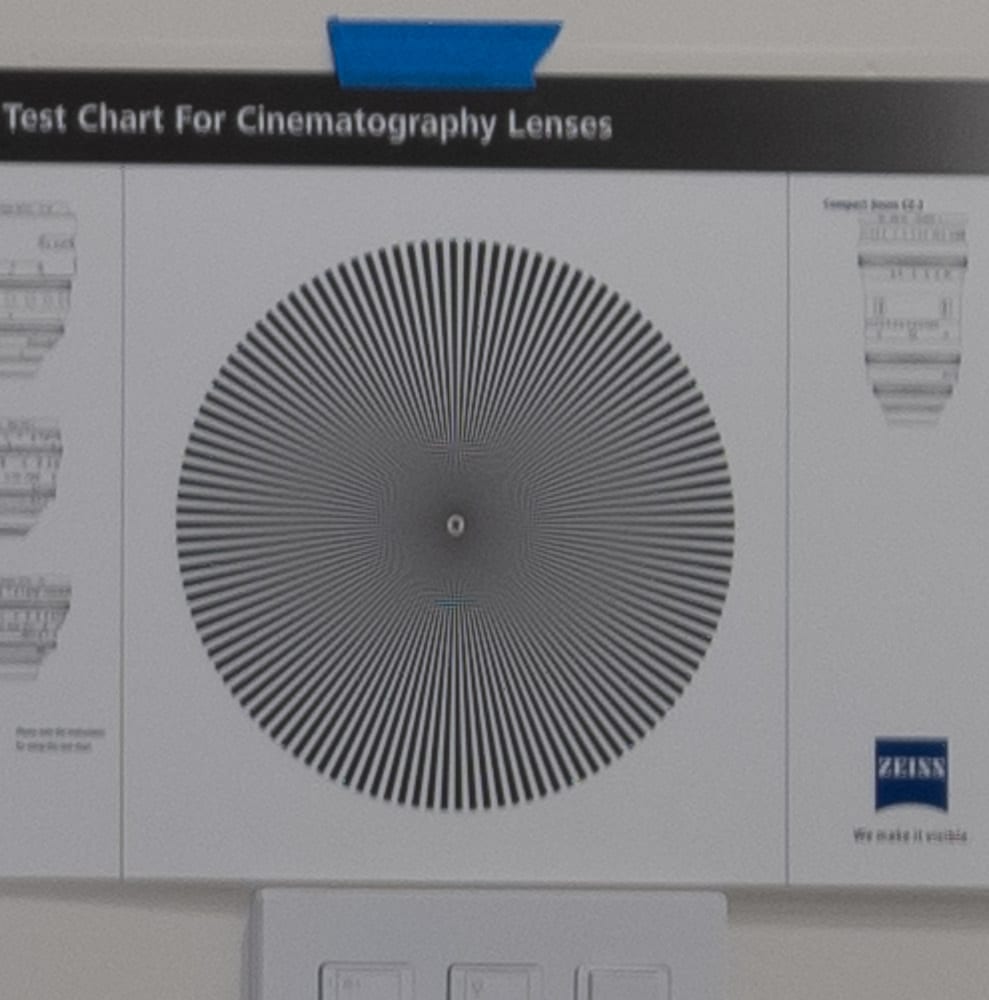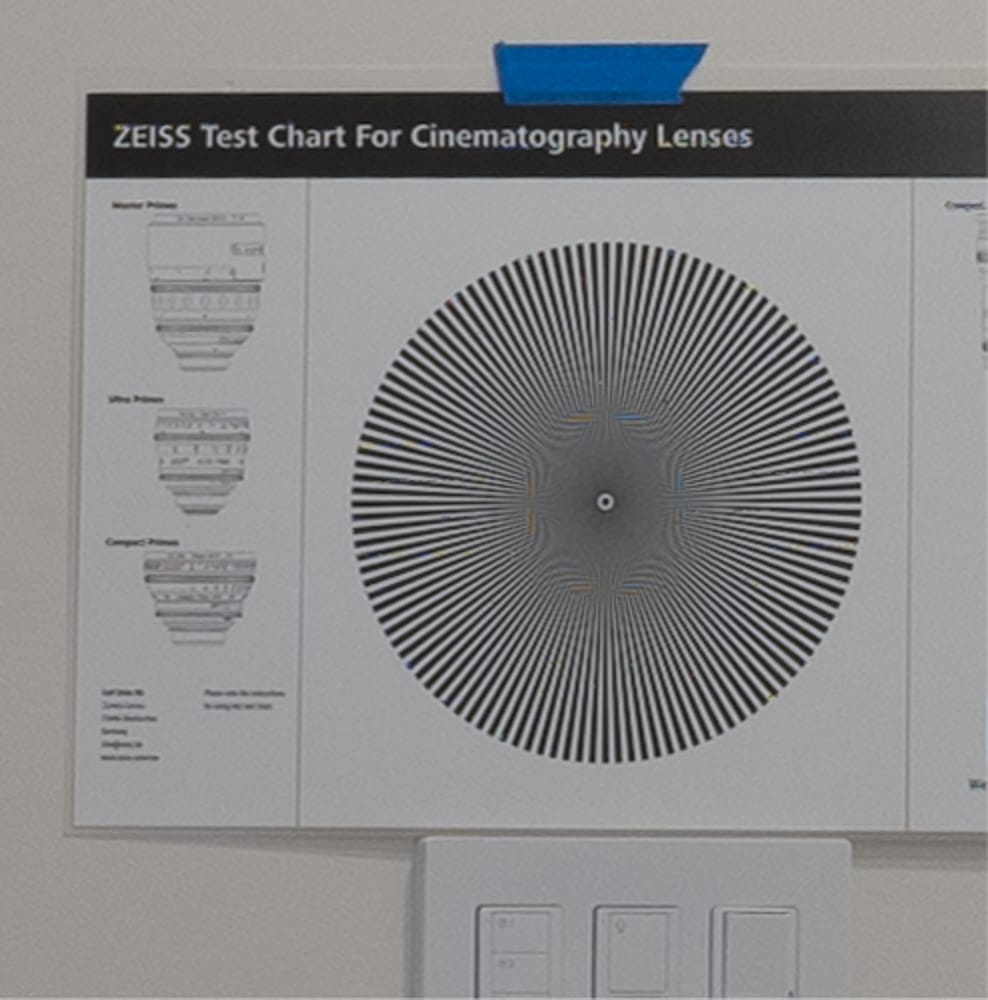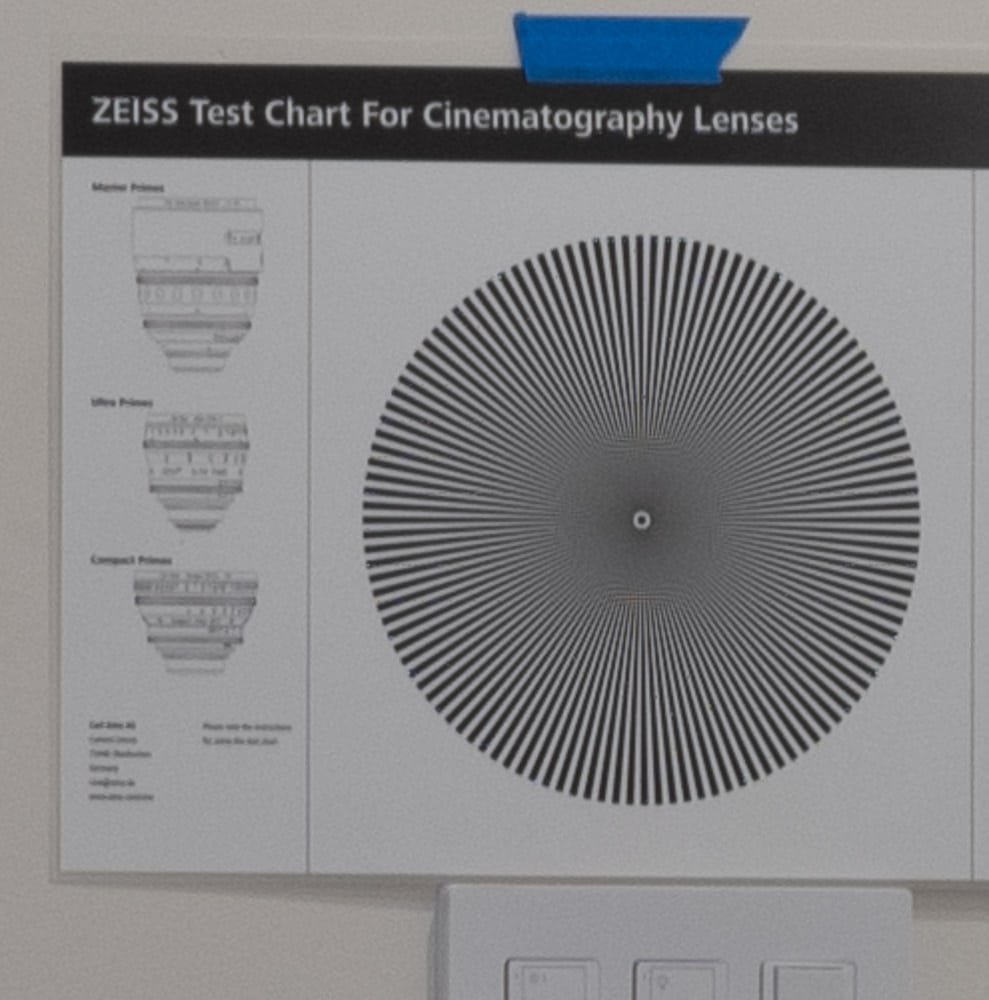Lensrentals has loaned me a Fujifilm 30mm f/5.6 GF tilt/shift lens. I’m getting ready to send it back, and I asked on DPR if there were any tests that anybody wanted me to run. One reader asked that I compare the sharpness of shifted images vs ones that applied the same sort of corrections in postproduction.
The results will of course depend on where in the image you look. I put the target in about the center of the image.


Some crops at about 150% magnification:






At f/5.6, the shifted image is less sharp than the Photoshop corrected image. At f/8, they’re about the same.
Oleksii says
I’m curious, does Fuji write shift amount to the exif?
Markus says
yes, it does
JimK says
Indeed it does:
https://www.captureintegration.com/additional-lens-metadata-for-fujifilm-gf-30mm-110mm-t-s-lenses/
Oleksii says
Maybe you have a raw of shifted shot that you can share? Preferably a flat field shot, but any file would be enough. I wrote small utility for the flat field correction, and want to add shift to matcher. Thank you
Paul R says
For the kind of work likely done with this lens, would it make sense to compare the shifted image to a post-production corrected one made with a wider lens, so after cropping you get an equivalent image?